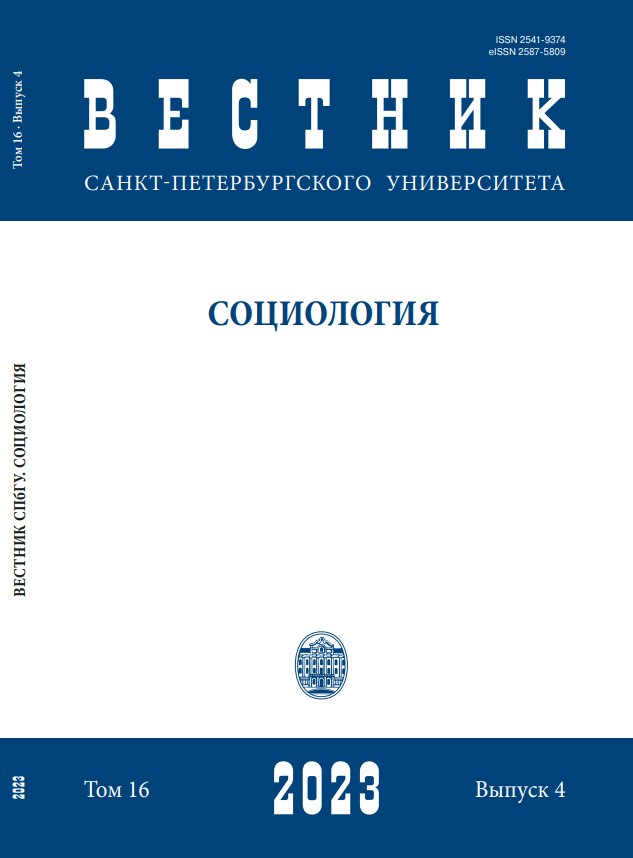Традиционные и новые формы экспертизы пациентов: вместо или вместе с врачами?
DOI:
https://doi.org/10.21638/spbu12.2023.407Аннотация
В статье на основании интервью с практикующими врачами Санкт-Петербурга выделяются два противоположных подхода врачей к попыткам формирования экспертизы пациентами. Данные подходы концептуализируются как стили мышления, а соответствующие сообщества практикующих врачей — как мыслительные коллективы (Л.Флек). Данные стили мышления различаются по четырем основаниям: установка на взаимодействие с пациентами, способы ви' дения альтернативной экспертизы, стратегии разрешения конфликтов с пациентами и способы мышления о профессиональном знании и их месте за пределами медицинского сообщества. Первый мыслительный коллектив — коллектив монополизации — привержен патерналистской модели оказания медицинской помощи, при этом соответствующий стиль мышления не позволяет увидеть экспертизу пациентов, попытки пациентов приобщиться к логике профессиональной медицинской экспертизы встречают сопротивление со стороны врачей и при возникновении рассогласования мнений или конфликтов с пациентами врачи используют закрытую стратегию их разрешения. Врачи, придерживающиеся монополизационного стиля мышления, скептически относятся к переводу медицинского знания за пределы практикующих врачей. Напротив, врачи, придерживающиеся стиля мышления сопроизводства экспертизы с пациентами, следуют логике партнерства при взаимодействии с пациентами. Такая установка позволяет врачам увидеть ценность в пациентской экспертизе и включении ее в диалог и ведение заболевания. При возникновении конфликтов и расхождения во мнениях врачи следуют открытой и промежуточной стратегиям, что подразумевает дополнительные усилия по выстраиванию коммуникации с пациентами. При этом среди этого мыслительного коллектива существует явный запрос на создание качественных научно-популярных и образовательных материалов для пациентов с целью более продуктивного включения в сопроизводство экспертизы. Соответственно, профессиональное знание может и должно быть распространено среди более широких кругов публики.
Ключевые слова:
социология медицины, социология экспертизы, низовая экспертиза, взаимодействие «врач — пациент», стиль мышления, онлайн-ресурсы
Скачивания
Библиографические ссылки
Загрузки
Опубликован
Как цитировать
Выпуск
Раздел
Лицензия
Статьи журнала «Вестник Санкт-Петербургского университета. Социология» находятся в открытом доступе и распространяются в соответствии с условиями Лицензионного Договора с Санкт-Петербургским государственным университетом, который бесплатно предоставляет авторам неограниченное распространение и самостоятельное архивирование.




